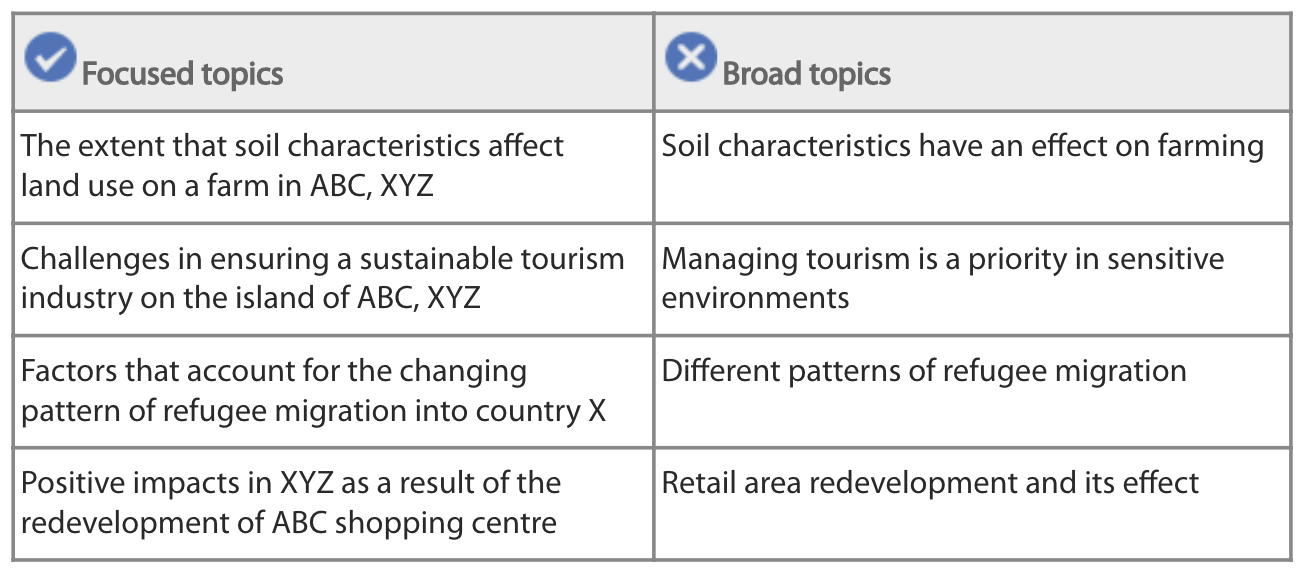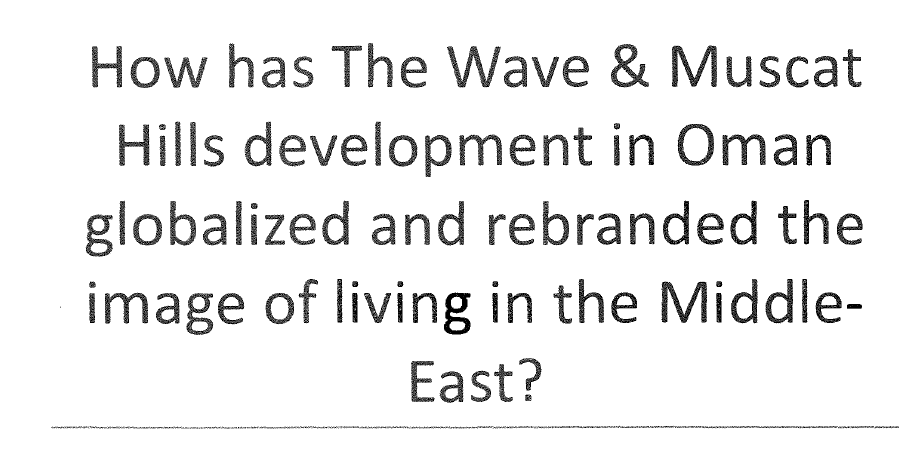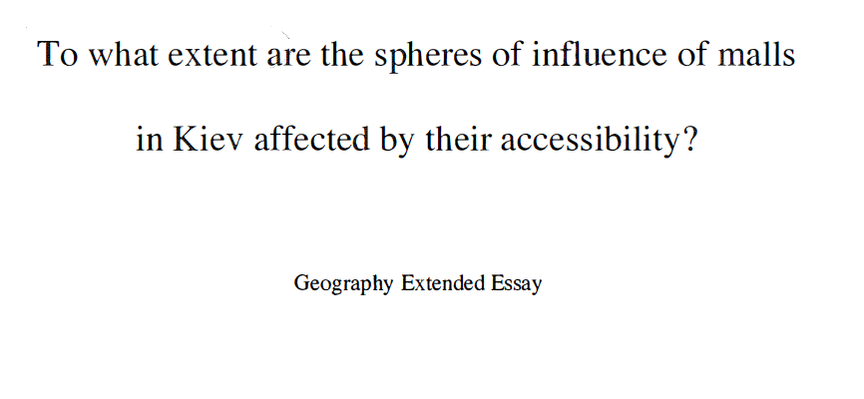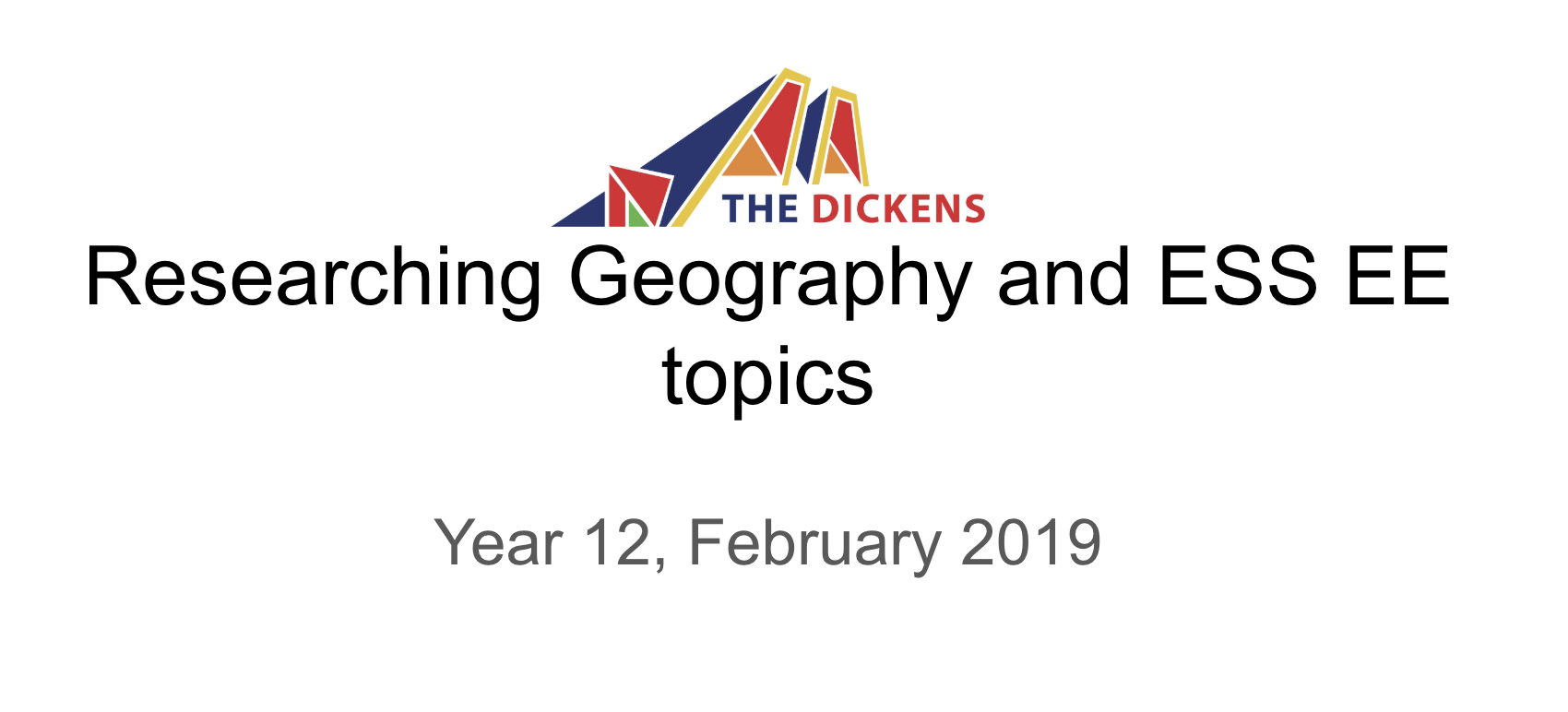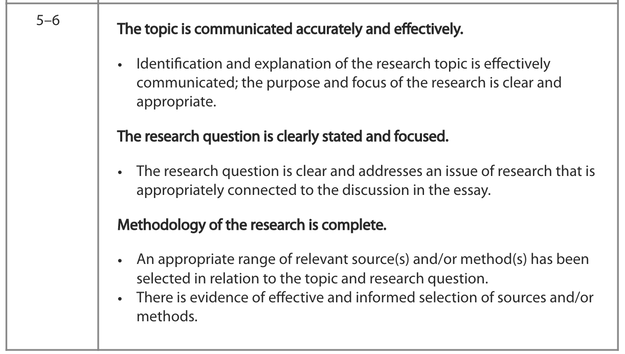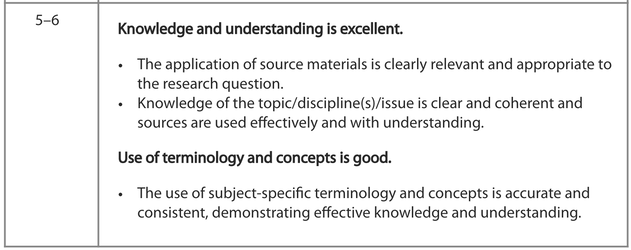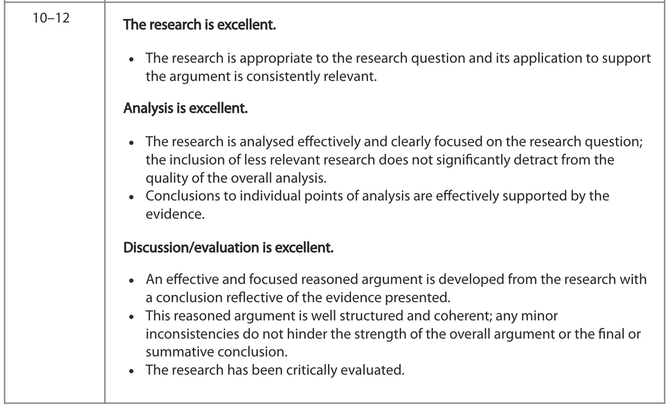-
MYP
- Home
-
IGCSE
- Course information
-
Physical: Hazardous environments
>
- Distribution of tectonic hazards
- Causes of tsunami
- Measuring earthquakes
- Earthquake case study 1: Haiti
- Earthquake case study 2: Christchurch
- Why do earthquakes do more damage in LICs than in HICs?
- How are volcanic eruptions measured?
- Tropical storms - distribution
- Causes of tropical cyclones
- Tropical cyclones - case study
- Why live in hazardous areas?
-
River Environments
>
- Hydrological cycle
- River basins
- Factors affecting river regimes
- Fluvial processes: erosion
- Fluvial processes: weathering and mass movement
- Fluvial processes: transportation and depositon
- River features and their formation
- How rivers change from source to mouth
- Uses of water
- Water pollution
- Water supply
-
IBDP
-
Changing population
>
- Global patterns of economic development
- Physical and human factors affecting global population distribution
- Case study 1: China
- Case study 2: Niger
- Demographic transition
- Megacity growth
- Forced migration and internal displacement
- Ageing populations
- Pro-natalist and anti-natalist policies
- Gender equality policies
- Trafficking policies
- The Demographic Dividend
-
Global climate vulnerability and resilience
>
- Atmospheric system
- The energy balance
- Changes in the energy balance
- The enhanced greenhouse effect
- Climate Change and the Hydrosphere, Atmosphere and Biosphere
- Impacts of climate change on people and places
- Disparities in exposure to climate change risk and vulnerability
- Government-led adaptation and mitigation strategies
- Civil society and corporate strategies
-
Global resource consumption and security
>
- Progress towards poverty reduction
- Measuring trends in global consumption
- Global patterns and trends in the availability and consumption of water
- Global patterns and trends in the availability and consumption of land/food
- Global patterns and trends in the availability and consumption of energy
- Water food and energy nexus
- Recycling and waste
- Malthus vs Boserup
- Resource Stewardship strategies
- Sustainable Development Goals
-
Freshwater - drainage basins
>
- The drainage basin as a system
- How rivers change from source to mouth
- River discharge
- River processes
- River landforms
- Factors affecting flood risk
- Attempts at flood prediction
- Flood mitigation
- Flood mitigation case studies
- Water scarcity
- Agricultural activities and water quality
- Pressures on lakes and aquifers
- Internationally shared water and conflict
- Water management: participation of local communities
- Dams as multi-purpose schemes
- Water management: Integrated Drainage Basin Management (IDBM)
- Managing wetlands
-
Leisure, Sport and Tourism
>
- Growth and purpose of leisure time
- Categories of tourism and sport
- Economic development and participation
- Factors affecting personal participation
- Factors affecting growth of tourism hotspots
- Spheres of influencee
- Factors affecting a national sports league
- Festivals
- Niche national tourism strategies
- Role of TNCs
- Tourism as a national development strategy
- International sporting events
- Consequences of unsustainable growth
- Sustainable tourism
- Future international tourism
- Political and cultural influences on sport
- Extended Essay in Geography >
- Skills/concepts >
-
Changing population
>
- Geography and ToK
- Theory of Knowledge
What is the Extended Essay?
- The extended essay is compulsory for all students taking the Diploma Programme and is an option for course students.
- A student must achieve a D grade or higher to be awarded the Diploma.
- The extended essay is externally assessed and, in combination with the grade for theory of knowledge, contributes up to three points to the total score for the IB Diploma.
- The extended essay process helps prepare students for success at university and in other pathways beyond the Diploma Programme.
- The extended essay is a piece of independent research on a topic chosen by the student in consultation with a supervisor in the school.
- It is presented as a formal piece of sustained academic writing containing no more than 4,000 words accompanied by a reflection form of no more than 500 words.
- It is the result of approximately 40 hours of work by the student.
- Students are supported by a supervision process recommended to be 3–5 hours, which includes three mandatory reflection sessions.
- The third and final mandatory reflection session is the viva voce, which is a concluding interview with the supervising teacher.
Subject specific guidance for Geography
An EE in geography gives the student an opportunity to apply a range of geographic skills to complete an independent and in-depth research investigation using geographic concepts, methodologies, theories and sources with a clear spatial emphasis
Choice of topic
The essay topic may relate to an area of the Diploma Programme geography course, but this is not a requirement. Students can also explore other areas of the wider subject, such as how global issues can be examined through the lens of geography.
Choice of topic
The essay topic may relate to an area of the Diploma Programme geography course, but this is not a requirement. Students can also explore other areas of the wider subject, such as how global issues can be examined through the lens of geography.
Students should establish the geographic and theoretical context for their research question early in the essay. Students should outline clearly the geographic context in which they are conducting their research using:
- one or more annotated maps
- where relevant, photographs and/or satellite images.
Methodology
Students are not required to undertake primary research, but it is rare for an essay that is based entirely on the reading of published texts to score highly.
Many successful research topics are based on published data such as census or weather records.
Investigations carried out at a local scale also usually achieve highly:
- they demonstrate connections between the subject and local manifestations and instances
- their narrow focus discourages an over-reliance on published materials and encourages original research
- students become more involved when investigating in a familiar, accessible location.
Students should focus on individual research and avoid approaches involving group fieldwork data collection. They must not view the EE as simply an extended piece of fieldwork. Information on the methodology of the investigation is essential. If students collect their own data, it must be of high quality. It is vital that the investigation is tailored closely to the research question and shows evidence of careful planning.
Students will be assessed for their skills of analysis rather than techniques of data collection and processing. For the EE, the emphasis should be on:
- written analysis
- interpretation
- discussion
- critical evaluation
- the development of a coherent, reasoned argument.
Resources:
Appropriate resources for an EE in geography could include:
- primary and secondary data
- quantitative and qualitative information
- books, newspapers and magazines
- interviews and/or questionnaires
- the internet
- maps
- aerial photographs and satellite images
- digital landscape simulations
- videos
- GIS
- diagrams and models.
Students should analyse their data using appropriate quantitative, statistical, graphical or qualitative techniques and the findings should be critically evaluated.
Examples of topics, research questions and suggested approaches
Once students have identified their topic and written their research question, they can decide how to research their answer. They may find it helpful to write a statement outlining their broad approach.
Illustrations and maps.
It is essential that a geography EE be supported by appropriate illustrative graphical material, such as diagrams, maps, tables, images and graphs. Students must acknowledge the sources for each.
Maps
- Good essays usually have maps in the introduction to place the investigation in a clear spatial context.
- All maps should give an indication of orientation and scale, and include a legend or key.
- Students should clearly reference all maps used and give the source of any base maps they have not constructed themselves.
- The use of scanned maps or satellite images, or those that are downloaded in unaltered form, is rarely effective and provides little evidence of students’ map skills. However, students are encouraged to modify or adapt such images.
Students are encouraged to include:
- sketch maps
- labelled or annotated diagrams
- maps they have constructed.
- If students draw maps using computer software, they should state the proprietary program used. Hand-drawn maps should be neat and clear, and employ standard map conventions.
Images or photographs
- Images or photographs should only be used if they are essential illustrative components of the essay, ie not just decoration.
- oriented
- sourced
- labelled, annotated or captioned.
An important note on “double-dipping”Students must ensure that their EE does not duplicate any other work they are submitting for the Diploma Programme.
Marked examples of Geography Extended Essays
Library presentation with links and hints for your research
Assessment of the Extended Essay for Geography
Criterion A: Focus and method
(Strands: Topic, Research question, Methodology)
The topic of the geography extended essay must be clearly indicated at the beginning. This should include the area of the research, the purpose, and the focus of the essay in order to clearly establish the context of the research question. It is usually appropriate to include the general locational background as well as appropriate geographic theory or concept required to understand how the research question has been established. Above all there should be a clear spatial component.
The research question is best stated in the form of an actual question. An example of research question could be “To what extent does location have an impact of educational attainment of indigenous people in Queensland? The research question should be identified clearly and set out prominently at the start of the essay and on the title page.
The student needs to demonstrate within the essay that their research methodology has been well planned. It is expected that students show that they have researched the topic and selected an appropriate geographic approach to address the research question. This applies both to literature research and to practical data collection. Primary or secondary data collection is acceptable. The very best essays are likely to have a mixture of both. Students must ensure and demonstrate that their chosen methods and materials are appropriate for addressing the research question. Investigative methods should be clearly explained. The investigation should be sufficiently clear for, so that others could repeat the work. The reliability of the research should be discussed.
If students are investigating a well-documented or standard topic, they should attempt to look for a new approach or perspective to the issue. This is most likely undertaken by choosing a particular location within the student’s own experience, for example their home location. For example, a topic covering climate change may look at changes in snow cover in a ski resort. This would also help in reducing the scope to a manageable local scale.
(Strands: Topic, Research question, Methodology)
The topic of the geography extended essay must be clearly indicated at the beginning. This should include the area of the research, the purpose, and the focus of the essay in order to clearly establish the context of the research question. It is usually appropriate to include the general locational background as well as appropriate geographic theory or concept required to understand how the research question has been established. Above all there should be a clear spatial component.
The research question is best stated in the form of an actual question. An example of research question could be “To what extent does location have an impact of educational attainment of indigenous people in Queensland? The research question should be identified clearly and set out prominently at the start of the essay and on the title page.
The student needs to demonstrate within the essay that their research methodology has been well planned. It is expected that students show that they have researched the topic and selected an appropriate geographic approach to address the research question. This applies both to literature research and to practical data collection. Primary or secondary data collection is acceptable. The very best essays are likely to have a mixture of both. Students must ensure and demonstrate that their chosen methods and materials are appropriate for addressing the research question. Investigative methods should be clearly explained. The investigation should be sufficiently clear for, so that others could repeat the work. The reliability of the research should be discussed.
If students are investigating a well-documented or standard topic, they should attempt to look for a new approach or perspective to the issue. This is most likely undertaken by choosing a particular location within the student’s own experience, for example their home location. For example, a topic covering climate change may look at changes in snow cover in a ski resort. This would also help in reducing the scope to a manageable local scale.
Criterion B: Knowledge and understanding
(Strands: Context, Subject-specific terminology and concepts)
The source materials accessed should be clearly relevant and appropriate to the research question. They should be effectively referenced and incorporated into the main body of the essay in a way that demonstrates the student’s understanding. Literature cited should predominantly come from acknowledged sources.
Students writing in geography need to show a mastery of, and fluency in, the use of appropriate terminology. Any technical terms or concepts that are used should be clearly explained and the student must demonstrate an understanding by using them appropriately within the text. The student must try to maintain a consistent linguistic style throughout the essay.
Criterion C: Critical thinking
(Strands: Research, Analysis and Discussion and evaluation)
“Research” refers to both literature sources and data collected by the students themselves. It must be consistently relevant to the research question.
If the research involves sampling then the selection and size of the sample must allow for valid analysis.
Students must demonstrate the ability to apply their selected sources and methods effectively in support of their argument.
Students should present and analyse the data and sources appropriately. The data must be analysed and presented in such a way that the argument leading to the conclusion is supported and clarified.
This analysis may include:
- maps of various scales and types
- statistical analysis
- tables of processed data
- graphs.
If they analyse the data statistically, students must clearly show understanding of why that particular test was chosen and what the results mean.
If students use maps, graphs or infographics, they must be correctly selected and drawn to illustrate key elements of the analysis. They should only be included if they aid communication.
Students should aim to maintain a reasoned, logical argument that focuses on the research question. Essays that attempt to deal with a large number of variables are unlikely to be focused and coherent. Students can achieve a clear and logical argument by making repeated reference to the research question and to any hypotheses derived from it. Students’ assessment of the extent to which a hypothesis is supported or the question is answered by the data should form part of the argument.
The stated conclusion(s) must be based on and consistent with the research presented in the essay.
Geographic research often reveals unexpected outcomes and students should point these out. The original research question may not be fully answered by the investigation. In these cases, the student should point out unresolved issues and make suggestions as to how these might be further investigated.
Students must comment on the reliability, quantity, balance and quality of their research, including their own data collection and published material. They should show an awareness of any limitations or uncertainties inherent in their approach. In particular, they should critically comment on the validity and reliability of their data relative to their management of variables within the investigation.
Criterion D: Presentation
(Strands: Structure, Layout)
This criterion relates to the extent to which the essay conforms to accepted academic standards in relation to how research papers should be presented. It also relates to how well these elements support the reading, understanding and evaluation of the essay.
Students must provide a section and subsection structure to their essays, with appropriate informative headings. Graphics should be set out and analysed at relevant points within the essay and not set out at the end.
Geography is a graphical subject and maps, graphs, infographics, images and tables from literature sources can be included in the essay. They must be carefully selected, labelled and referenced. They should only be used if they are directly relevant to the research question, contribute towards the understanding of the argument and are of a good graphic quality.
Students’ own graphical material should also be carefully selected. If scanned in, they should be of good quality and legible.
Large tables of raw data collected by the student are best included in an appendix, where they should be carefully labelled. Tables of processed data should be designed to clearly display the information in the most appropriate form. Graphical representation of data, especially spatial, is to be encouraged.
The importance of good mapping techniques cannot be overemphasized. Maps, graphs or infographics drawn from the analysed data should be selected to highlight only the most pertinent aspects related to the argument. Too many graphs, charts and tables may distract from the overall impression. If tables contain a lot of text, these words will be included in the word count.
A bibliography is an essential structural element, contributing as far as it is visually presented, to criterion D, in addition to the other presentation requirements: title page, table of contents, page numbers, and so on.
While there is no explicit penalty in criterion D for exceeding 4,000 words, students should be aware that examiners will not read beyond the 4,000-word limit, therefore affecting the application of multiple criteria.
Any material that is not original must be carefully acknowledged, with specific attention paid to the acknowledgement and referencing of quotes and ideas. This acknowledgment and referencing is applicable to audiovisual material, text, graphs and data published in print and electronic sources.
Criterion E: Engagement
(Strands: Process, Research focus)
This criterion assesses the student’s engagement with their research focus and the research process. It will be applied by the examiner at the end of the assessment of the essay, and is based solely on the candidate’s reflections as detailed on the RPPF, with the supervisory comments and extended essay itself as context.
Students are expected to provide reflections on the decision-making and planning process undertaken in completing the essay. Students must demonstrate how they arrived at a topic as well as the methods and approach used. This criterion assesses the extent to which a student has evidenced the rationale for decisions made throughout the planning process and the skills and understandings developed.
For example, students may reflect on:
- the approach and strategies they chose, and their relative success
- the Approaches to learning skills they have developed and their effect on the student as a learner
- how their conceptual understandings have developed or changed as a result of their research
- challenges they faced in their research and how they overcame these
- questions that emerged as a result of their research
- what they would do differently if they were to undertake the research again.
Effective reflection highlights the journey the student has engaged in through the EE process. Students must show evidence of critical and reflective thinking that goes beyond simply describing the procedures that have been followed.
The reflections must provide the examiner with an insight into student thinking, creativity and originality within the research process. The student voice must be clearly present and demonstrate the learning that has taken place.
Extended Essay grade descriptors
Grade A
Demonstrates: effective research skills resulting in a well-focused and appropriate research question that can be explored within the scope of the chosen topic; effective engagement with relevant research areas, methods and sources; excellent knowledge and understanding of the topic in the wider context of the relevant discipline; the effective application of source material and correct use of subject-specific terminology and/or concepts further supporting this; consistent and relevant conclusions that are proficiently analysed; sustained reasoned argumentation supported effectively by evidence; critically evaluated research; excellent presentation of the essay, whereby coherence and consistency further support the reading of the essay; present and correctly applied structural and layout elements. Engagement with the process is conceptual and personal, key decision-making during the research process
is documented, and personal reflections are evidenced, including those that are forward-thinking.
Grade B
Demonstrates: appropriate research skills resulting in a research question that can be explored within the scope of the chosen topic; reasonably effective engagement with relevant research areas, methods and sources; good knowledge and understanding of the topic in the wider context of the relevant discipline; a reasonably effective application of source material and use of subject-specific terminology and/or concepts; consistent conclusions that are accurately analysed; reasoned argumentation often supported by evidence; research that at times evidences critical evaluation; a clear presentation of all structural and layout elements,
which further supports the reading of the essay. Engagement with the process is generally evidenced by the reflections and key decision-making during the research process is documented.
Grade C
Demonstrates: evidence of research undertaken, which has led to a research question that is not necessarily expressed in a way that can be explored within the scope of the chosen topic; partially effective engagement with mostly appropriate research areas, methods and sources—however, there are some discrepancies in those processes, although these do not interfere with the planning and approach; some knowledge and understanding of the topic in the wider context of the discipline, which is mostly relevant; the attempted application of source material and appropriate terminology and/or concepts; an attempted synthesis of research results with partially relevant analysis; conclusions partly supported by the evidence; discussion that is descriptive rather than analytical; attempted evaluation; satisfactory presentation of the essay, with weaknesses that do not hinder the reading of the essay; some structural and layout elements that are missing or are incorrectly applied. Engagement with the process is evidenced but shows mostly factual information, with personal reflection mostly limited to procedural issues.
Grade D
Demonstrates: a lack of research, resulting in unsatisfactory focus and a research question that is not answerable within the scope of the chosen topic; “at times engagement with appropriate research, methods and sources, but discrepancies in those processes that occasionally interfere with the planning and approach; some relevant knowledge and understanding of the topic in the wider context of the discipline, which are at times irrelevant; an attempted application of source material, but with inaccuracies in the use of, or underuse of, terminology and/or concepts; irrelevant analysis and inconsistent conclusions as a result of a descriptive discussion; a lack of evaluation; presentation of the essay that at times is illogical and hinders the reading; structural and layout elements that are missing. Engagement with the process is evidenced but is superficial, with personal reflections that are solely narrative and concerned with procedural elements.
Grade E
Demonstrates: an unclear nature of the essay; a generally unsystematic approach and resulting unfocused research question; limited engagement with limited research and sources; generally limited and only partially accurate knowledge and understanding of the topic in the wider context of the relevant discipline; ineffective connections in the application of source material and inaccuracies in the terminology and/or concepts used; a summarizing of results of research with inconsistent analysis; an attempted outline of an argument, but one that is generally descriptive in nature; a layout that generally lacks or incorrectly applies several layout and structural elements. Engagement with the process is limited, with limited factual or decision-making information and no personal reflection on the process.
Demonstrates: effective research skills resulting in a well-focused and appropriate research question that can be explored within the scope of the chosen topic; effective engagement with relevant research areas, methods and sources; excellent knowledge and understanding of the topic in the wider context of the relevant discipline; the effective application of source material and correct use of subject-specific terminology and/or concepts further supporting this; consistent and relevant conclusions that are proficiently analysed; sustained reasoned argumentation supported effectively by evidence; critically evaluated research; excellent presentation of the essay, whereby coherence and consistency further support the reading of the essay; present and correctly applied structural and layout elements. Engagement with the process is conceptual and personal, key decision-making during the research process
is documented, and personal reflections are evidenced, including those that are forward-thinking.
Grade B
Demonstrates: appropriate research skills resulting in a research question that can be explored within the scope of the chosen topic; reasonably effective engagement with relevant research areas, methods and sources; good knowledge and understanding of the topic in the wider context of the relevant discipline; a reasonably effective application of source material and use of subject-specific terminology and/or concepts; consistent conclusions that are accurately analysed; reasoned argumentation often supported by evidence; research that at times evidences critical evaluation; a clear presentation of all structural and layout elements,
which further supports the reading of the essay. Engagement with the process is generally evidenced by the reflections and key decision-making during the research process is documented.
Grade C
Demonstrates: evidence of research undertaken, which has led to a research question that is not necessarily expressed in a way that can be explored within the scope of the chosen topic; partially effective engagement with mostly appropriate research areas, methods and sources—however, there are some discrepancies in those processes, although these do not interfere with the planning and approach; some knowledge and understanding of the topic in the wider context of the discipline, which is mostly relevant; the attempted application of source material and appropriate terminology and/or concepts; an attempted synthesis of research results with partially relevant analysis; conclusions partly supported by the evidence; discussion that is descriptive rather than analytical; attempted evaluation; satisfactory presentation of the essay, with weaknesses that do not hinder the reading of the essay; some structural and layout elements that are missing or are incorrectly applied. Engagement with the process is evidenced but shows mostly factual information, with personal reflection mostly limited to procedural issues.
Grade D
Demonstrates: a lack of research, resulting in unsatisfactory focus and a research question that is not answerable within the scope of the chosen topic; “at times engagement with appropriate research, methods and sources, but discrepancies in those processes that occasionally interfere with the planning and approach; some relevant knowledge and understanding of the topic in the wider context of the discipline, which are at times irrelevant; an attempted application of source material, but with inaccuracies in the use of, or underuse of, terminology and/or concepts; irrelevant analysis and inconsistent conclusions as a result of a descriptive discussion; a lack of evaluation; presentation of the essay that at times is illogical and hinders the reading; structural and layout elements that are missing. Engagement with the process is evidenced but is superficial, with personal reflections that are solely narrative and concerned with procedural elements.
Grade E
Demonstrates: an unclear nature of the essay; a generally unsystematic approach and resulting unfocused research question; limited engagement with limited research and sources; generally limited and only partially accurate knowledge and understanding of the topic in the wider context of the relevant discipline; ineffective connections in the application of source material and inaccuracies in the terminology and/or concepts used; a summarizing of results of research with inconsistent analysis; an attempted outline of an argument, but one that is generally descriptive in nature; a layout that generally lacks or incorrectly applies several layout and structural elements. Engagement with the process is limited, with limited factual or decision-making information and no personal reflection on the process.
